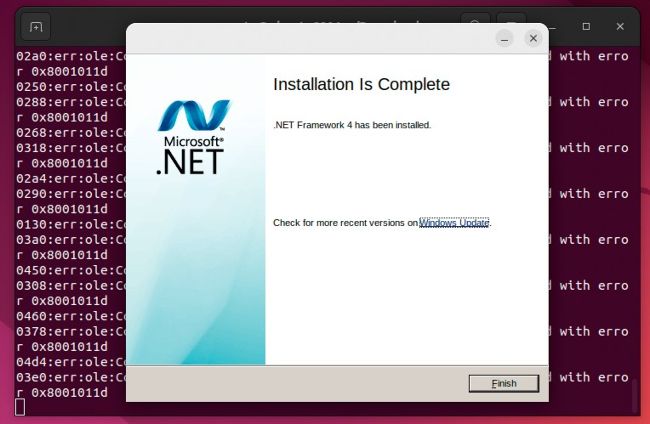ADVENTURE GAME STUDIO
Make your own pointand-click adventure
Nate Drake invites you to relive the glory days of Scumm-style point-and-click adventure games by creating your very own.
Credit: www.adventuregamestudio.co.uk
OUR EXPERT
Nate Drake is a journalist specialising in cybersecurity and retro games. The first thing he did when discovering Linux in 2004 was play Beneath a Steel Sky. Be vigilant.

AGS games run on Linux but the editor is Windows only. You should be able to run it using Wine.
The ’80s and ’90s were the heyday of the point-and-click adventure game. The setting T of titles varies but the basic premise remains – that of moving your character around a screen using your mouse, interacting with people and objects, and usually adding items to your inventory.
These aspects of point-and-click games were one of the most maddening for those who grew up in an era when you couldn’t simply DuckDuckGo a solution, because these games were deliberately designed to make the player take counterintuitive actions.
Who would have thought, for instance, that in order to defeat the undead villain in The Secret of Monkey Island (1990), the protagonist needs to spray him with a bottle of root beer? In the cyberpunk adventure Beneath a Steel Sky (1994), the game actually requires you to volunteer the character’s testicles to an unscrupulous doctor once all of your other trading options are exhausted.
The fiendish level of difficulty is probably why the point-and-click genre has never been as popular as first-person shooters or racing games. Still, there’s no beating the little dopamine rush you get once the pieces click together when you use a particular item in a specific place, and progress in the game.
In this four-part series, we’re going to explore the mechanics of setting up a simple point-and-click adventure of your own. There’s sample artwork to play around with, as well as minimal coding.
Point-and-click platforms
Readers old enough to remember the golden era of 2D point-and-click games will recall LucasArts titles such as Maniac Mansion (1987) and its successor Day of the Tentacle (1993). Many such titles were powered by the SCUMM (Script Creation Utility for Maniac Mansion) game engine, which was designed to help developers create graphical adventure games with ease. SCUMM has its own scripting language and lives on to this day through the open source ScummVM, which can reinterpret the script to run on more modern platforms.
In order to write this series of tutorials, we seriously considered SCUMM and a number of other platforms for creating point-and-click adventures before settling on Adventure Game Studio, which is supported by more recent ScummVM releases.
This open source software was first developed by British programmer Chris Jones in 1997 as Adventure Creator, so crucially it’s originally from the era of games we’re trying to recreate. The team holds annual competitions for the best point-and-click games and the platform’s been used to create commercially successful titles. Even more crucially, the game editor is capable of creating games that can be run in Linux.